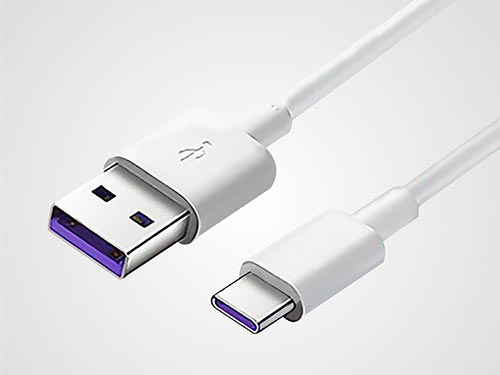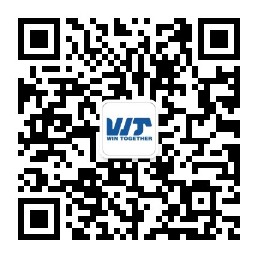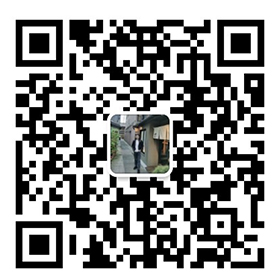Theoretically, the data cables are the same, the only difference is the question of how much current can be passed, the problem is how much voltage the charger can produce.
But the fact is that when you use a different brand of original fast charging data cable does not realize fast charging, what is the reason for that?
Let's take a plus cell phone as an example, its special DASH flash charging technology will dramatically increase the charging speed of the phone, 3300mah power can be filled in one hour.
Switched to the same fast-charging capability of Huawei and millet type-c cable, although you can also give a plus 5 charge, but can not realize the DASH flash charging, the actual test full of a plus cell phone takes more than two hours.
We can see, although Huawei and millet data line support SCP and QC3.0 fast charging effect, but because of its fast charging protocol and a plus DASH protocol is different, replacement and can not realize the effect of fast charging.
What is the reason for that: in fact, it is the major manufacturers in order to boast their own cell phone fast charging ability, type-c data line to do the internal changes, resulting in the current type-c data line fast charging function can not be universal.
But for the majority of consumers, type-c fast-charging data line or universal good.
EMC is the abbreviation of Electro Magnetic Compatibility, the Chinese translation for electromagnetic compatibility, refers to the equipment or system in its electromagnetic environment to comply with the requirements of the operation and does not produce intolerable electromagnetic interference to any equipment in its environment ability. Therefore, EMC includes EMI (interference) and EMS (susceptibility), that is, electromagnetic interference and electromagnetic interference, EMI, electromagnetic interference, describing a product on other products of the degree of interference with electromagnetic radiation, whether or not it will affect its surroundings or the same electrical environment within the normal work of other electronic or electrical products; EMS, electromagnetic EMI, electromagnetic interference degree, describes an electronic or electrical products will be its surrounding environment or the same electrical environment within the interference of other electronic or electrical products and affect its own normal work. EMI also includes conducted interference CE (conduction emission) and radiation interference RE (radiation emission) and harmonic harmonic.
Various kinds of operating power equipment to electromagnetic conduction, electromagnetic induction and electromagnetic radiation three kinds of ways associated with each other and mutual influence, under certain conditions will be running equipment and personnel caused by interference, influence and harm. 1980s rise of electromagnetic compatibility EMC discipline to study and solve this problem for the purpose of the main is to study and solve the interference generation, propagation, reception, suppression mechanism and its corresponding measurement and measurement technology, and the corresponding measurement and measurement technology, and the main purpose is to study and solve the interference generation, propagation, reception, suppression mechanism and its corresponding measurement and measurement technology, and the corresponding measurement and measurement technology, and the corresponding measurement and measurement technology. Measurement and metrology technology, and on this basis, according to the principle of the most reasonable technical and economic, the level of interference, anti-interference level and suppression measures to make clear provisions, so that the equipment in the same electromagnetic environment are compatible, while not to any entity in the environment can not be permitted to introduce electromagnetic disturbances.
The current fast charging protocols of various cell phone manufacturers:
The mainstream ones are Qualcomm's QC3.0 (9V 2A) and QC4.0 (9V 3A), and QC4.0 supports the USB PD protocol, universal USB PD (9V 2A/9V 3A)
Huawei's FCP (9V 2A)
MediaTek's PE (15W)
Huawei's SCP has 10V 4A and 5V 4.5A specifications
OPPO's VOOC (5V 4A)
Because of the different protocols of each manufacturer, it is not possible to realize full compatibility with pure Type c at present.
So to integrate the protocol IC of these cell phone manufacturers into the Type c end, or the A male end. It will be able to realize the basic 90% of the cell phone fast charging function.
Current solution:
1, change the USB A male: with PCB and IC, terminal structure for the 5PIN. TYPE C end of the board to integrate fully compatible IC and lead to five pads and five-core A male butt welding!
2, USB A male also use five-core, with PCB board welding fully compatible with IC and lead out four pads, TYPE C male with the existing dual 56K resistor wire with 4-core can be!


 E-mail:13631512871@163.com/Jerry Huadi@asia-wt.com/Adi Wu
E-mail:13631512871@163.com/Jerry Huadi@asia-wt.com/Adi Wu ScanEnquiry
ScanEnquiry


